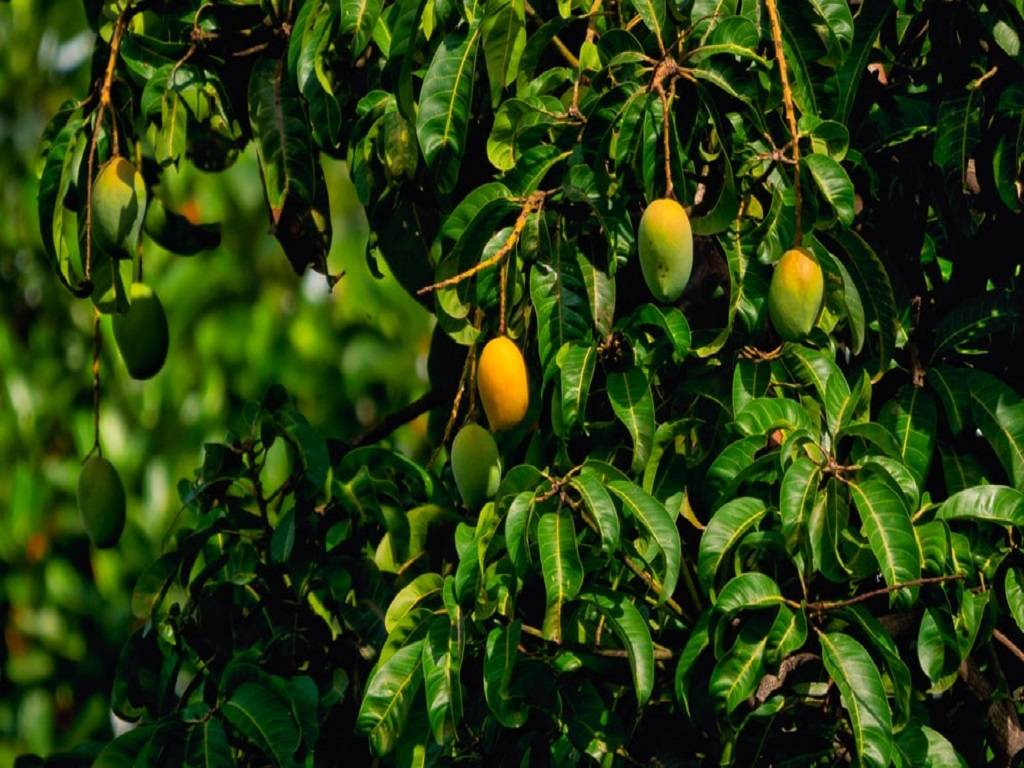
Pre-monsoon rains have wreaked havoc on the harvest of Goan mango types during the last two days. While the thunderstorms, which were accompanied by strong winds, caused a few fruit drops, the consequences have produced a breeding habitat for bugs in the mango crop.
According to A R Desai who is a prominent researcher at the ICAR-Central Coastal Agricultural Research Institute in Old Goa, the mango quality at harvest time would be harmed." He also mentioned that given the current weather patterns, cashew flowering could also be affected.
Nestor Rangel, a mango farmer in Valpoi who had previously picked 1.5 lakh mangoes, is not expecting even a quarter of that production this time.
Due to the strong wind speed, there have been a lot of fruit drops. As of now, the season appears to be doomed. Even the cashew crop appears to be a failure.
Even if it rains once again, both cashews and mangoes will be affected. It has only rained once so far. This is a little beneficial to the cashew plants since it eliminates all of the dried blooms, says Olavio Fernandes, deputy director of the Department of Agriculture (horticulture).
During the blossoming season, Mankurad mango trees are particularly sensitive to temperature, and if the weather is favorable, they bloom profusely. During the flowering season, mango plants demand cold weather. Mankurad mangoes are mostly sourced from Divar, Chorao, and Siolim.
Other types grown in Salcete, Sankhli, and other northern and southern locations include Monseratte, Sacretin, Alfonso, Fernandes, and Xavier.
Mankurad mango prices vary depending on the size of the fruit, with the 'first' Mankurad selling for Rs 200 last year. Larger mangoes usually cost around Rs 900 per dozen, while lesser sized fruits cost around Rs 450-500 per dozen.










